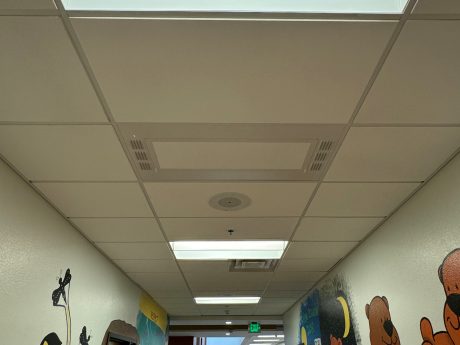References and Bibliography
Kowalski, W. J., W. P. Bahnfleth, T. S. Whittam (1999). “Filtration of Airborne Microorganisms: Modeling and prediction.” ASHRAE Transactions 105(2), 4-17. http://www.engr.psu.edu/ae/wjk/fom.html.
Kowalski, W. J., and Bahnfleth, W. P. (2000). “UVGI Design Basics for Air and Surface Disinfection.” HPAC 72(1), 100-110.
Kowalski, W. J., and Bahnfleth, W. P. (2004). “Proposed Standards and Guidelines for UVGI Air Disinfection.” IUVA News 6(1), 20-25.
Kowalski, W. J., Bahnfleth, W. P., and Mistrick, R. G. (2005). “A specular model for UVGI air disinfection systems.” IUVA News 7(1), 19-26.
Kowalski, W. J. (2006). Aerobiological Engineering Handbook: A Guide to Airborne Disease Control Technologies. McGraw-Hill, New York.
Kowalski, W. J. (2007). “Air-Treatment Systems for Controlling Hospital-Acquired Infections.” HPAC Engineering 79(1), 28-48.
Kowalski, W. J. (2009). Ultraviolet Germicidal Irradiation Handbook: UVGI for Air and Surface Disinfection.Springer, New York.
Kowalski, W. J. (2011). Hospital Airborne Infection Control. Taylor & Francis/CRC Press, New York.




